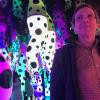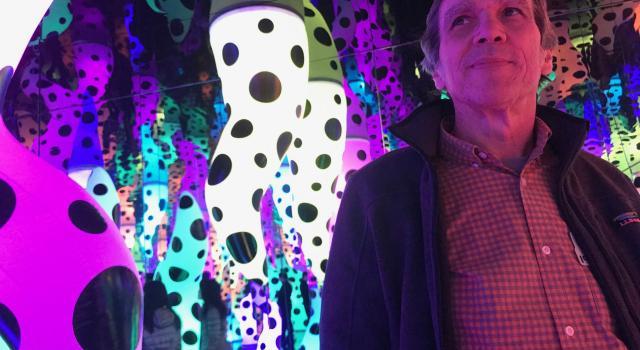Peter Kallok received his B.A. from U.C.L.A. and his M.F.A. from the University of Washington.
He served as the technical director of the Summer Repertory Theater, Santa Rosa, California, for three years before joining StageWest in Springfield, Massachusetts, where he was technical director, scenic designer, and artistic associate. With more than 50 designs to his credit, Kallok's work includes scenery for Equus, Riches, Closer, Venus, and BFE, as well as lights for The Ride Across Lake Constance, Riches, Unplugging, and Bind Their Wounds at Hampshire College. Other professional and summer stock design credits include the Miniature Theatre of Chester, Summer Theatre Mount Holyoke, Worcester Foothills Theater, New London Barn Playhouse, and Summer Theater at Meredith Village.
Kallok has served as designer and fabrication consultant respectively for WALA Heilmittel, International and AGH Design. He designed and fabricated scenic elements for Popa Depot for HERE'S American Living Room Series. Kallok's most recent project involved designing the physical environment for an Experiential Learning Space – an escape room-like educational training experience located at the U.S. Consulate in Frankfurt, Germany.
Kallok's courses include design-driven performance, scenic, costume, lighting, and projection design, light art, and exploring performance and entertainment venues.
Personal Website



